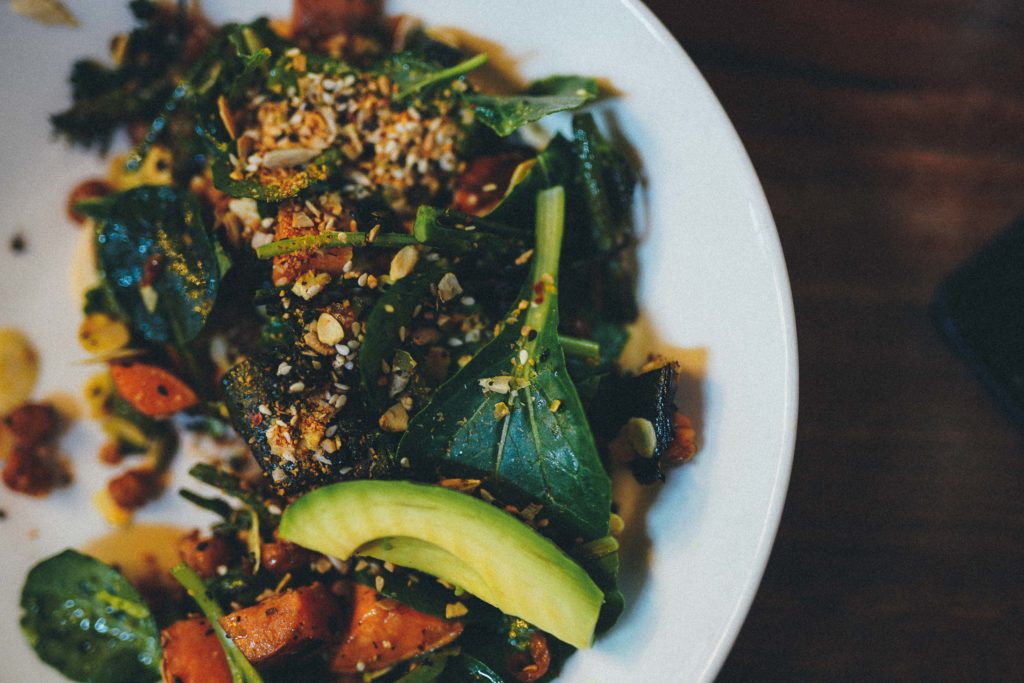Sick of relying on takeaway meals and frozen pizza? While we love ordering in as much as the next person, you may get to a point in life where you’d like to master the art of cooking. After all, whether you’re putting together a delicious meal for visiting friends or family, impressing your significant other, or bringing a plate to a pot-luck dinner, nothing beats home-made. Let’s run through some super simple tips that will help you become a better cook – your bank account (and health!) will thank you.
Be well-equipped
It can be disheartening when you want to try a recipe but don’t have the tools. It’s important to have a well-equipped kitchen to motivate you when you’re cooking – no more worrying about whether you have a baking tray or a wok, or trying to chop ingredients with a dull knife.
As a student, some of the basic kitchen equipment items you should have are:
- A mixing bowl and measuring cups and spoons
- A good set of pans (including a big stockpot) and a wok
- An ovenproof baking or casserole dish
- Oven gloves (stop burning tea towels and invest in some silicone gloves – no more burns!)
- Plastic containers (for leftovers or meal prepping for the week)
- A utensil set (think wooden spoon/whisk/spatula)
- Colander (for draining)
- Chopping boards
- A sharp set of knives
- Grater
- Can opener
If there are particular dishes you know you want to try and practise more, it is worth investing in specialty items. For example, if you want to bake, grab a baking tray and a loaf pan. But, don’t think you have to break the bank when you’re stocking up! There are plenty of places you can shop around Australia (and online) that sell affordable household items, including Kmart and IKEA.
Make the most of fresh ingredients
Living in Australia, there is an abundance of fresh, local produce available – all you have to do is make sure it’s seasonal. Not only is it a more sustainable way of eating, but it also tastes way better (you can check to see what’s in season across Australia at different times of the year here). The addition of flavourful, newly harvested ingredients can improve any recipe, even if it’s just adding fresh coriander and bok choy to instant noodles, or chopping up some whole tomatoes to add a burst of flavour to pasta sauce from a jar.
If you’re worried you won’t finish the fresh ingredients before they wilt or go bad, you can always freeze them for later. Almost any fruit or vegetable can be frozen, and doing so means you’ll be creating less waste and saving money in the future.
Go back to basics
If you’re not a confident chef or have had some recent food disasters in the kitchen, that’s OK! Just start with the basics, and once you’ve mastered those, you can work your way up to more difficult and experimental dishes.
Each culture’s cuisine will probably have a different idea of what a ‘basic’ dish is. Reflecting Australia’s multicultural community and diverse food scene, simple recipes you can start with can range from:
- Easy curries (try a Thai or Indian curry option – supermarkets and Asian grocery stores will have a whole range of curry bases you can start with)
- Pasta dishes (for example, making your own basil pesto is a quick way to improve your cooking skills)
- Homemade hamburgers (if you’re vegetarian or vegan, you can experiment with alternatives like mushroom or tofu patty burgers).
Explore YouTube
If you’re looking for cooking inspiration or a specific recipe, you don’t have to go out and buy a cookbook – just jump on YouTube! There’s a huge range of YouTube channels dedicated to cooking. Some examples include Nicko’s Kitchen (he has a whole ‘Back to Basics’ playlist), Cooking with Dog for authentic Japanese recipes, or Marion’s Kitchen for delicious and simple Asian-fusion dishes.
You can also try a ‘cook-along’, with chefs cooking in real-time so you can follow along in the kitchen. Frankie Celenza has a playlist of pasta recipes filmed this way, as well as a channel called Struggle Meals which is perfect if you’re cooking on a budget.
Host a party!
There’s no better way to improve your cooking than by hosting a party, inviting all your friends, and testing out your dishes on a willing audience. If you want something a little more low-key and informal, have everyone over for finger food and party dishes – they’re usually pretty easy and quick, and they’re perfect for a big crowd.
If you’d like more of a challenge, try putting together a three-course dinner party for a few select mates. The dishes don’t need to be fancy, but it’s a great opportunity for you to perfect the basics and get your friends to offer critiques (if you want them to!). Why not make it a themed night? Pick a particular country’s cuisine (such as Japanese, Italian, or even classic Australian fare) and cook a starter, main course and dessert from these places.





